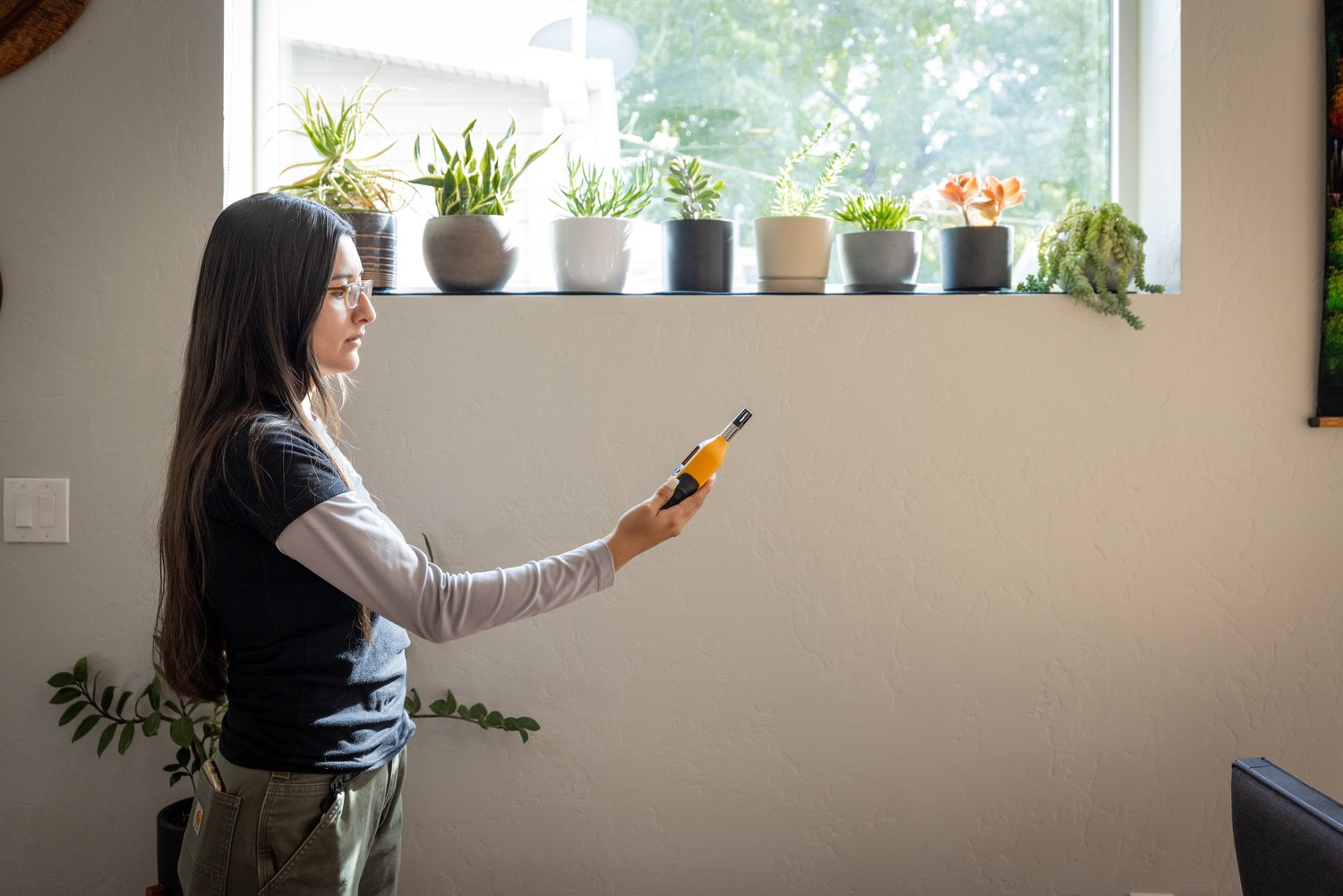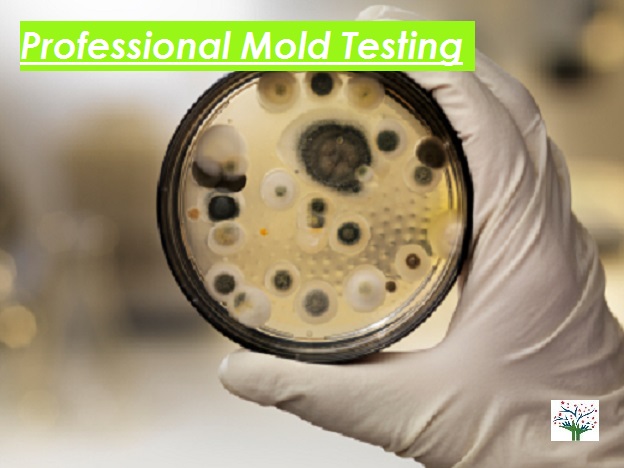Exactly How Mycotoxin Screening Aids Prevent Contamination and Protect Food Supplies

Mycotoxin testing is a crucial practice in the food market, offering as a frontline protection against contamination by harmful toxic substances generated by molds. Through the application of advanced methods like High-Performance Fluid Chromatography (HPLC) and Fluid Chromatography-Mass Spectrometry (LC-MS), food producers can accurately discover and evaluate mycotoxin levels in farming items.
Recognizing Mycotoxins
Recognizing mycotoxins begins with acknowledging that they are toxic additional metabolites produced by certain molds, which can infect farming items. These metabolites are not crucial for the development or recreation of the fungis however can have serious implications for human and animal health. Mycotoxins are commonly located in staple plants such as corn, wheat, barley, and nuts, where they can multiply under details problems of wetness and temperature.
There are numerous types of mycotoxins, each generated by various fungal varieties. Fusarium types generate fumonisins and trichothecenes, both of which are connected with different acute and chronic health and wellness issues.

Dangers of Mycotoxin Contamination
The risks of mycotoxin contamination are complex, posturing considerable risks to both food safety and public health and wellness. Mycotoxins, harmful compounds produced by particular sorts of fungi, can infect a vast array of farming products consisting of cereals, nuts, spices, dried out fruits, and coffee. When these toxins penetrate the food supply, they can lead to significant health and wellness issues such as liver damages, kidney failure, and also cancer cells. Prone populaces, including kids, the elderly, and immunocompromised people, are specifically at danger.
Financial impacts are another major worry. Contaminated crops can cause substantial economic losses for farmers and food manufacturers because of lowered yields and the requirement for pricey decontamination steps. Global trade can be considerably impeded as nations apply strict mycotoxin policies to secure their populaces, leading to denied deliveries and stretched profession relations.
Ecological aspects such as environment adjustment aggravate the threat of mycotoxin contamination. Variations in temperature level and humidity can create favorable conditions for fungal growth, raising the possibility of contamination occasions. Therefore, understanding and minimizing these threats are vital for making certain the safety and security and integrity of worldwide food supplies.
Techniques of Mycotoxin Checking
Precisely identifying mycotoxin contamination in agricultural items is essential for safeguarding public wellness and keeping food safety and security criteria. Numerous techniques are used to identify and quantify mycotoxins, each offering certain benefits and limitations.
High-Performance Fluid Chromatography (HPLC) is a commonly used approach as a result of its high level of sensitivity and precision. It entails separating mycotoxins from other materials in an example, enabling exact metrology. Fluid Chromatography-Mass More about the author Spectrometry (LC-MS) integrates liquid chromatography with mass spectrometry to provide thorough molecular info, making it particularly beneficial for recognizing multiple mycotoxins all at once.

Gas Chromatography-Mass Spectrometry (GC-MS) and Thin-Layer Chromatography (TLC) are also employed, each with one-of-a-kind applications. GC-MS works for unpredictable mycotoxins, while tender loving care uses an easier, economical choice for initial screening.
Benefits of Regular Examining
Routine testing for mycotoxins in agricultural items supplies many benefits, considerably adding to public health and food safety. By determining contamination early, routine testing assists prevent the circulation of hazardous foods, thus reducing the risk of mycotoxin-related diseases amongst consumers. This proactive strategy not only safeguards human wellness however also boosts the general quality of food materials.
Different nations and areas have actually developed stringent limitations for mycotoxin degrees in food and feed. Sticking to these limits with normal testing makes sure that manufacturers and suppliers fulfill lawful standards, thus preventing fines and profession obstacles.
Additionally, routine mycotoxin screening can bring about substantial economic benefits. Early detection of contamination permits for prompt treatment, reducing potential losses from extensive contamination. Applying regular testing protocols can also lessen recall prices and relevant responsibilities, which can be monetarily ruining.
Furthermore, regular testing gives beneficial information that can educate far better farming methods and storage conditions. By understanding patterns of contamination, manufacturers can adopt safety nets, therefore lowering future threats and contributing to the sustainability of the food supply chain.
Applying Checking Procedures
Carrying out effective mycotoxin screening procedures is crucial for making certain the security and top quality of agricultural items. Each phase should be link looked at to identify where mycotoxin contamination is most likely to take place.
When critical control factors are identified, choosing appropriate testing approaches is vital. Usual methods include enzyme-linked immunosorbent assay (ELISA), high-performance fluid chromatography (HPLC), and mass spectrometry (MS) Each method has its toughness and weaknesses; thus, selecting the correct one depends upon the details mycotoxin being evaluated, the called for sensitivity, and readily available sources.

Lastly, incorporating the testing procedures into a detailed food safety monitoring system is a good idea. This boosts traceability and enables swift rehabilitative actions when contamination is discovered, therefore guarding the stability of the food supply chain.
Conclusion
Mycotoxin testing is vital in stopping contamination and guarding food products by making it possible for early discovery of harmful toxic substances created by molds in agricultural products. Regular testing enhances brand credibility, financial stability, and trust in food safety by decreasing contamination-related losses and maintaining high criteria in food manufacturing.
Mycotoxin screening is an important method in the food industry, serving as a frontline protection versus contamination by dangerous toxic substances created by molds. An integrated approach entailing farming methods, storage management, and normal screening can alleviate the dangers associated with mycotoxin contamination, ensuring food safety and security and public health and wellness.
The dangers of mycotoxin contamination are multifaceted, posing substantial risks to both food safety and public wellness.Routine testing for mycotoxins in farming items offers countless advantages, substantially contributing you can check here to public health and wellness and food safety.Mycotoxin screening is vital in preventing contamination and guarding food products by making it possible for early discovery of hazardous toxic substances produced by mold and mildews in agricultural items.